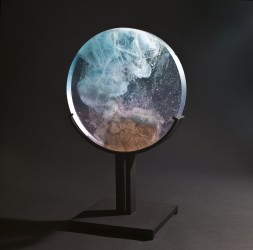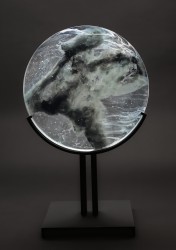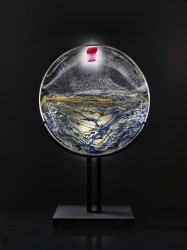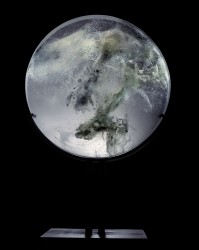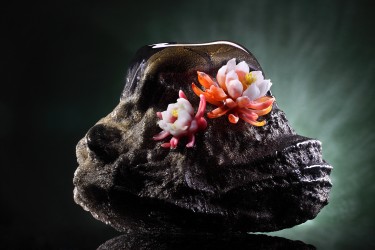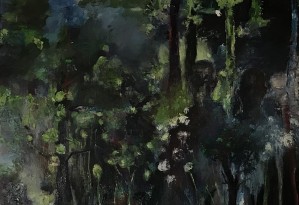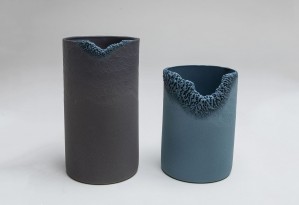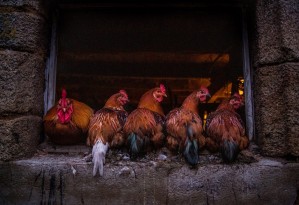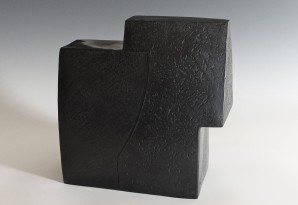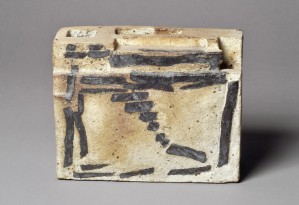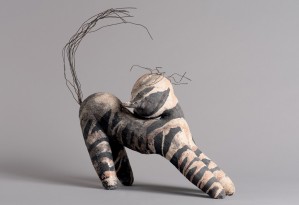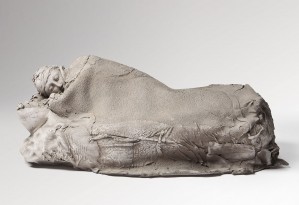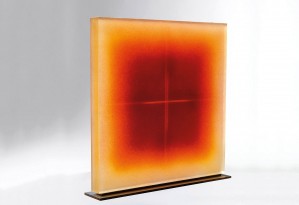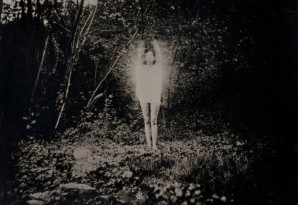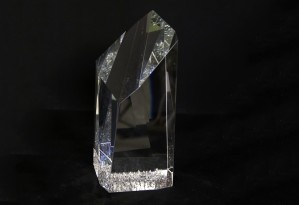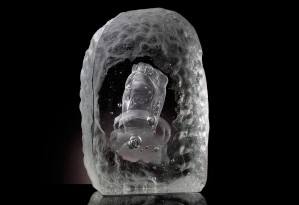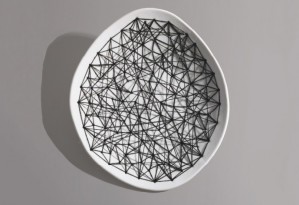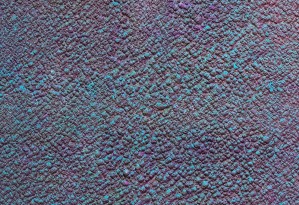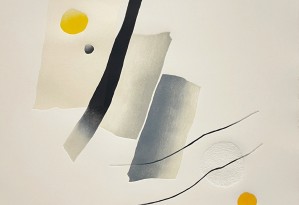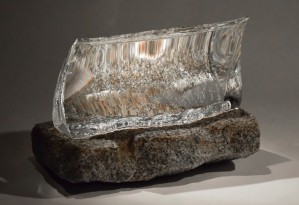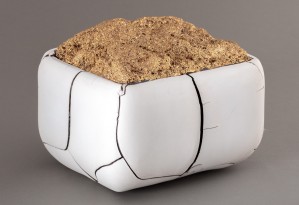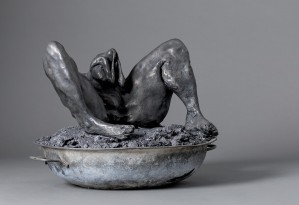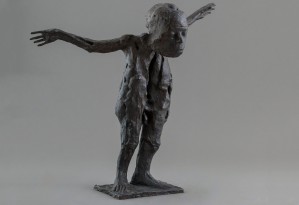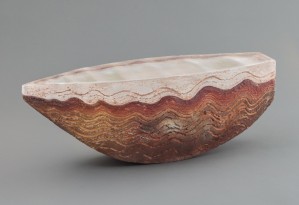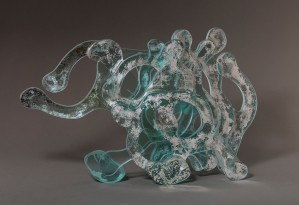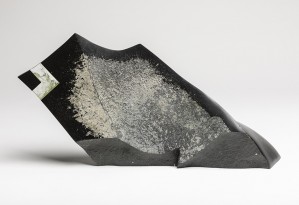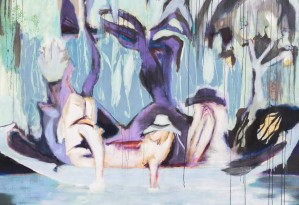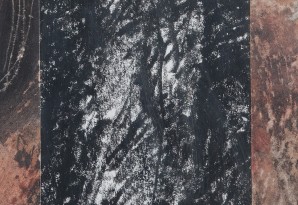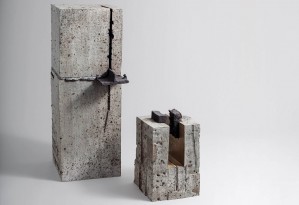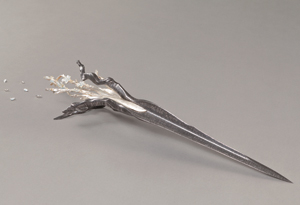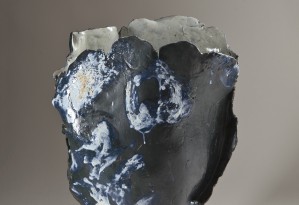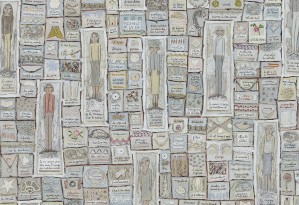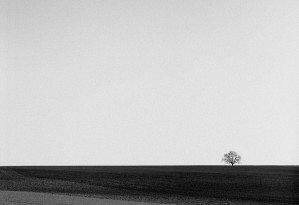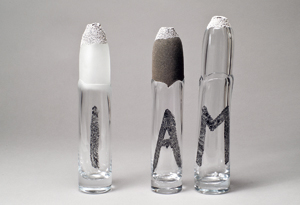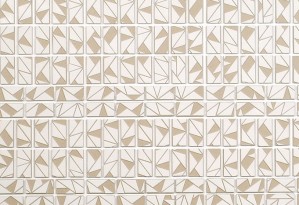YI Chang, glass sculpture, permanent artist of Galerie Capazza since 2015
Chang Yi did not grown up in a scholarly home but his father, a businessman, possessed a punctilious hand when it came to calligraphy. This had its advantages as he was not constrained by classic Chinese theory nor by Western Enlightenment philosophies. He was allowed the space to explore his precocious nature and curious mind.
When he turned 5, Chang Yi’s father started teaching him how to “xie da zi” or, write large characters (this term is a literal one given that young children are typically incapable of writing small characters so the average size per character when children first learn calligraphy is a large 15 cm). He made Chang Yi practice 100 characters per day- one can imagine how difficult it is for a five year old to focus on this task. Chang Yi found himself unable to do the work yet unable to disobey his father. More often than not, he would put it off just before his father returned home at night, speed-writing 100 characters by the light of the setting sun.
It appears today that this unorthodox early exposure to calligraphy has Chang Yi feeling both familiarity with and aversion toward the art. He has also discovered that among his contemporaries, there are few who know calligraphy. Affinity with the past is often lost in this modern age and it is increasingly rare to find someone who can write decent calligraphy, let alone reflect on it.
When “writing” is accomplished through a keyboard and no longer by hand on maobi to paper, a part of the traditional Chinese aesthetic fades; it is a natural progression. The concept behind Chinese shui muo (ink wash painting) is probably even more obsolete.
Chang Yi has never played by the rules. His voracious appetite for knowledge has taken him across literature, film and presently and most lasting, contemporary glass art. However through this evolution, he has found himself haunted by an unanswered question, a question that must be presented in parts:
The Song Dynasty is undoubtedly the apex of Chinese culture, especially in shan shui painting. Fan Kuan’s masterpiece Travelers Among Mountains and Streams displayed at the National Palace Museum draws crowds worldwide and is the pride of a nation. But this painting is three thousand years old - who is today’s Fan Kuan?
As Modernism becomes the norm in Western countries, contemporary Chinese painting has responded in kind. Talent abounds but if you were asked to name the one contemporary artist who embodies the essence of shan shui, could you?
Embarking from the standpoint of cultural heritage and in observing the development of Modernism across the world, Chang Yi has, in his thirty years of working in contemporary glass art, discovered a unique symbiosis between glass and glaze and one that painting is not privy to: between control and chance exists a never before seen “brushstroke” and “space”.
It reminds Chang Yi of Jackson Pollock and abstract-expressionism. Through a tortured creative process, Pollock’s unique style was realized in ‘drip-painting’. Drip-painting is unique as it does not comply with any learned technique. Rather, it is all circumstance, random. Yet Pollock mastered control of this unprecedented “brushstroke” and made his mark on the history of contemporary American painting. Chang Yi’s takeaway is this: Jackson Pollock happened upon this technique and the result holds a mirror up to our often chaotic society. Pollock is a visionary and his paintings, to a certain extent, represent him as a person. One who exists in the truth of this time and space must be recognized.
How does this influence Chang Yi’s analysis of the motivation behind A Touch of Red ?
Not many people have the resources that come with being married to glass art for thirty years. Kilns, glass and glaze are Chang Yi’s daily work. By consolidating the cultural and artistic knowledge he has accrued over a lifetime, Chang Yi has untapped the possibilities of glass from a Chinese aesthetic.
Chang Yi, who sixty years ago balked against his father’s appeal to calligraphy, has realized that calligraphy is today, a lost art. In an age where few honor the sanctity of culture and tradition, Chang Yi finds himself extracting memories from his past and combining them with glass art to rediscover the meaning of “shan shui”. Sixty years later, Chang Yi insists on the presence of A Touch of Red. No matter how it metamorphosizes under the extreme heat of the kiln, there will always exist, in whatever form, a touch of red.
In my heart - Yi Chang
Biography
Founder and pioneer of contemporary LIULI art
Consulting Professor of the Academy of Arts & Design, Tsinghua University, Beijing, China
Founder of LIULI CHINA MUSEUM Shanghai, China
Noted Taiwanese short story writer
Key figure in the New Wave of Taiwanese Cinema
Recipient of Golden Horse Award and Asian Film Award for Best Director
To revive the lost art of Chinese liuli, esteemed Taiwanese film director Chang Yi founded LIULIGONGFANG with artist Loretta H. Yang.
The New York Times has dubbed Chang “Father of the Asia Studio Glass Movement”.
Chang’s vision unites contemporary liuli art with traditional craft art through a cultural lens.
His efforts have established LIULIGONGFANG as a global leader and advocate of liuli art.
Chang Yi’s unique perspective on life has been influenced by his lifelong battle with vascular lesions.
He treats Liuli as a courier for love and death, reality and illusion, light and shadow, complete resplendence and shattered disillusionment.
Chang Yi’s style is uninhibited and free-spirited ; he bestows his work with boundless possibilities and looks to literature and Zen Buddhism as his creative guides.
He died in 2020.
Read moreSelected exhibitions
2019 L'arbre c'est le temps rendu visible, Galerie Capazza, Nançay
Art Elysées 2019 - October 17th to 21st, Galerie Capazza booth 106A
2018 Miroir des Sentiments, Galerie Capazza, Nançay
Antica Namur - november 2018, Belgique
Verre et Chaos – La Genèse des images, retrospective exhibition of Antoine Leperlier at the Hôtel Goüin in Tours. The works of Loretta Yang accompanied this exhibition.
2017 Il est grand temps de rallumer les étoiles, Galerie Capazza, Nançay
Personal exhibition, Galerie Capazza, Nançay
Antica Namur - november 2017, Belgique
2016 Vénus et Vulcain, Galerie Capazza, Nançay
2015 Ensemble depuis 40ans, Galerie Capazza, Nançay
Read more